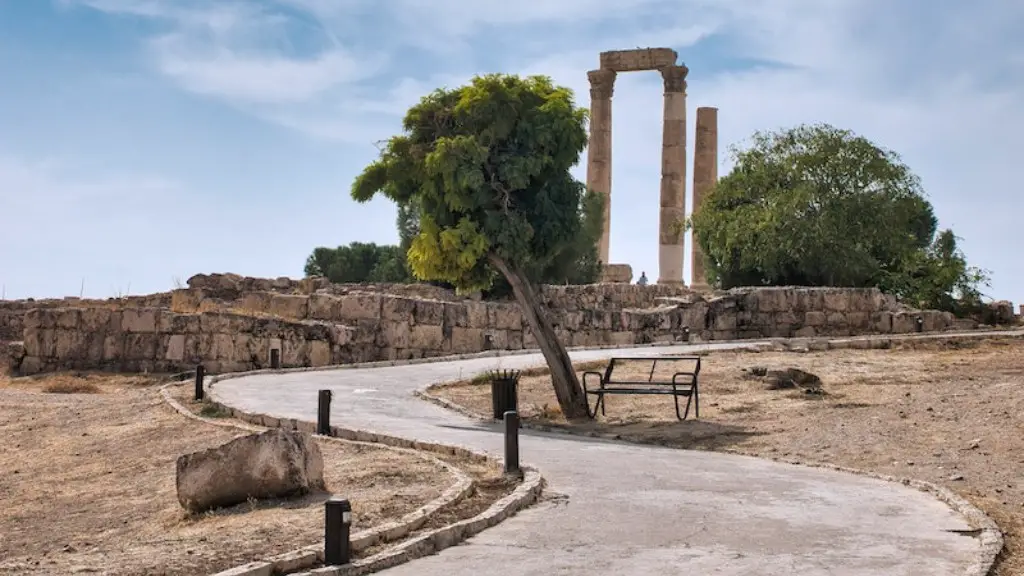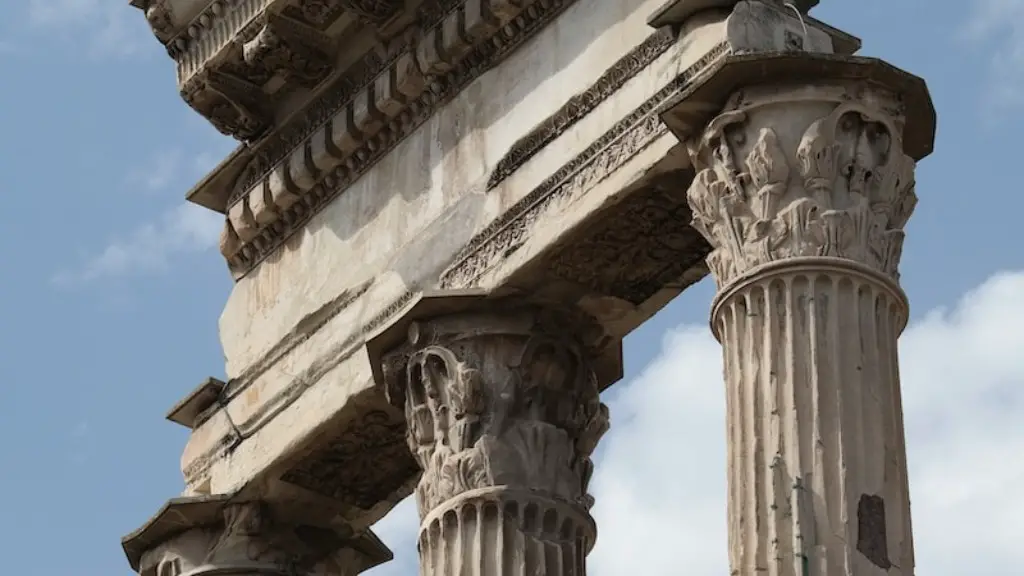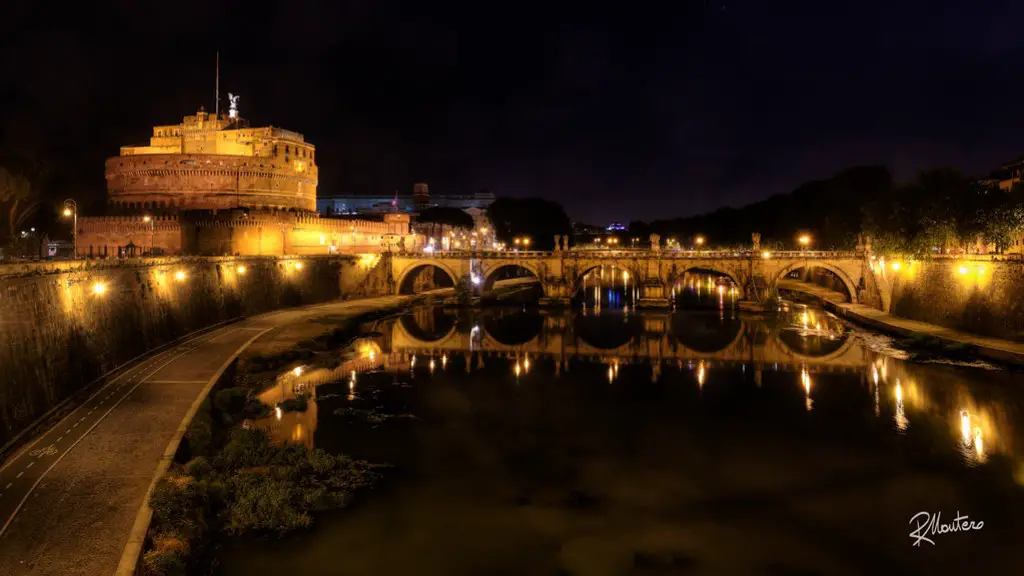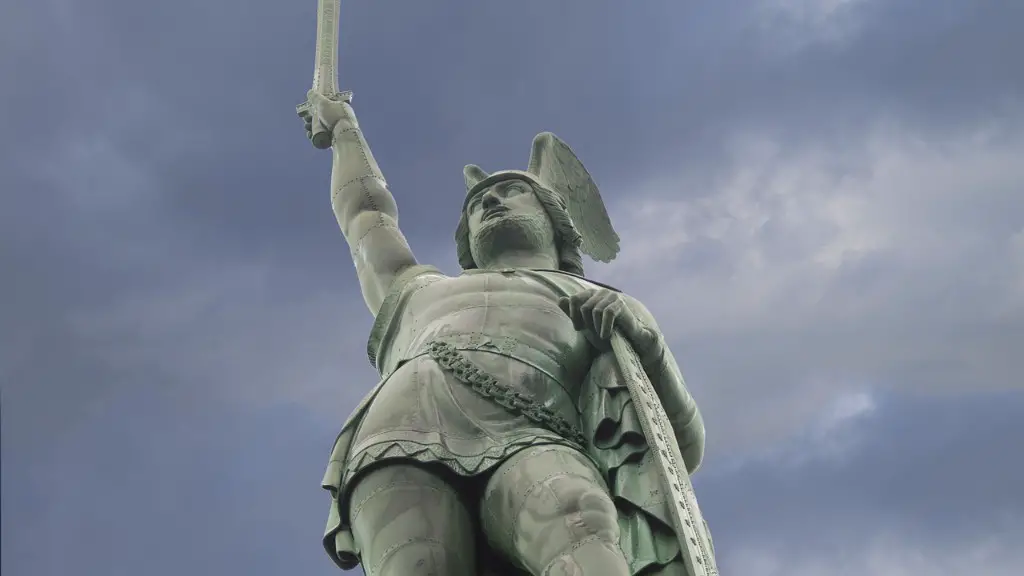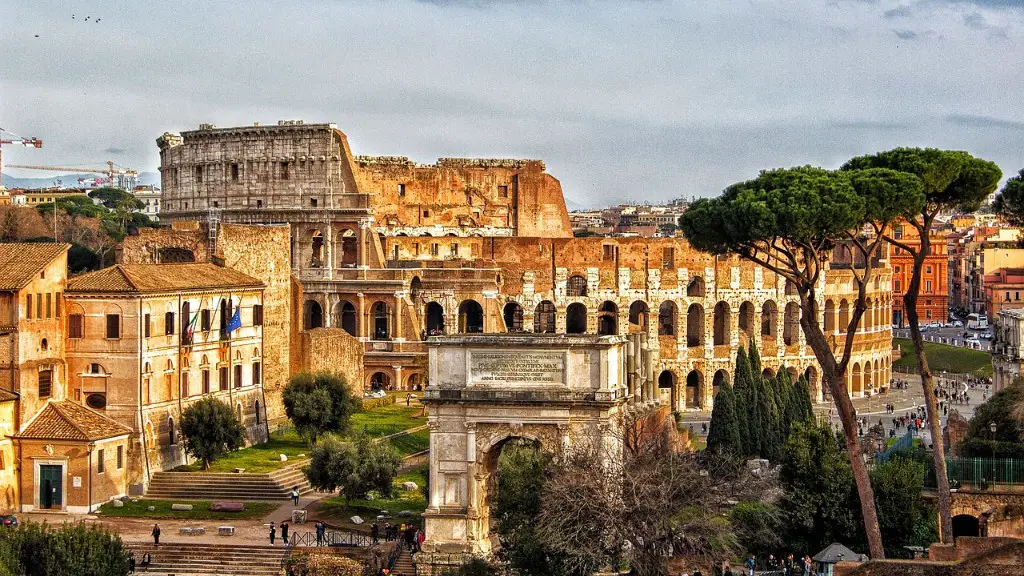The economy of ancient Rome was based on agriculture, trade, and manufacturing. Roman agriculture was highly diversified and efficient, thanks to irrigation systems and crop rotation. Trade was vital to the Roman economy, and the network of Roman roads facilitated trade between different regions. Roman manufacturing was characterized by a high degree of specialization and a reliance on slave labor.
– Ancient Rome had a complex economy that was based on trade and market principles.
– The Roman economy was highly diversified, with a wide range of businesses and industries.
– The Roman economy was highly centralized, with the government playing a major role in the regulation and development of the economy.
What was the economy of Rome?
Ancient Rome was an agrarian and slave-based economy whose main concern was feeding the vast number of citizens and legionaries who populated the Mediterranean region The staple crops were grains, olives, and grapes Olive oil and wine led Italy’s exports. The economy was highly diversified and included intensive subsistence agriculture, aquaculture, industry, mining, energy production, construction, and manufacturing. Rome was also an important center of trade, with extensive importing and exporting of goods.
1. Rome was founded by two brothers, Romulus and Remus, who were suckled by a she-wolf.
2. The Romans worshipped a pantheon of gods and goddesses, including Jupiter, Juno, Minerva and Mars.
3. The Romans built huge amphitheatres such as the Colosseum and the Circus Maximus, where they staged public events such as gladiatorial contests and chariot races.
4. The Romans were masters of engineering and architecture, and built roads, aqueducts and public baths.
5. The Romans were a cosmopolitan people, their empire spanning Europe, Africa and Asia.
6. Roman law and administration created a stable society, and the Latin language and culture spread throughout the empire.
7. The Romans were a militaristic people, and conquered most of the Mediterranean world.
8. In the late empire, the Romans were increasingly beset by barbarian invasions, and eventually the empire fell.
9. The Roman legacy is still evident in modern times in many aspects of Western civilisation.
10. Rome is a fascinating city to visit, with its ancient ruins, art treasures and vibrant culture.
What are the 3 characteristics of Roman Empire
The Romans were excellent administrators, organizers, and engineers. This allowed them to effectively manage their large empire. Without these skills, the Romans would have struggled to maintain control over their vast territory.
The Roman economy was highly agrarian, with landowners, laborers, and small farmers all depending on each other for stability. This interdependence helped to keep the economy strong, even as the empire expanded.
Why was the Roman economy successful?
A standardized currency facilitated trade across the growing Roman world. Coins could be exchanged for any goods or services and were easy to transport. Currency made it easier to relocate and direct resources, and this in turn encouraged more economic interactions.
Rome is one of the most popular tourist destinations in the world because of its rich history, art, and architecture. The city is home to some of the most famous landmarks in the world, including the Colosseum, the Vatican, and the Sistine Chapel. Rome is also known for its delicious food, including gelato and pasta.
What are 3 things Rome gave to the world?
The Roman Empire was responsible for a number of impressive inventions, many of which we still use today. Here are 10 of the most important:
1. Cement – The development of cement made it possible to build strong and durable structures like the aqueducts and roads that are still standing today.
2. Sanitation – The Romans were the first to develop a system of sewers and public baths, which greatly improved hygiene and public health.
3. Roads – The Roman Road system was one of the most advanced in the world, and allowed for the transport of people and goods across the empire.
4. Social Care and Welfare – The Romans were the first to establish a system of social care and welfare, which provided assistance to the needy and elderly.
5. Julian Calendar – The Julian Calendar, invented by the Romans, is still used today as the basis for our modern calendar.
6. Elements of Surgery – The Romans developed a number of surgical techniques and instruments that are still in use today.
7. Elements of the Modern Legal System – The Roman system of law and government was the basis for many of the modern legal systems in use today.
8. Glassmaking – The Romans developed
Rome is an amazing city with a rich history and culture. Here are some fun facts and trivia about Rome that you may not know!
-Rome has more fountains than any other city on the planet
-The Pantheon is the only ancient building in pristine condition
-A heavenly lightshow takes place at the Pantheon on Rome’s birthday
-Cats have special rights in Rome
-It’s technically the capital of 2 countries (Italy and the Vatican City)
-The Spanish Steps aren’t actually Spanish – they were built by the French!
What were the main characteristic feature of the Roman society
The social structure of ancient Rome placed a large emphasis on a person’s status and station in life. This was based largely on heredity, property, wealth, and citizenship. Women were largely defined by the social status of their fathers or husbands and were expected to take care of the household. Few women had any real independence.
The Roman Republic was a republic governed by elected officials. Its government consisted of the Senate and four assemblies: the Comitia Curiata, the Comitia Centuriata, the Concilium Plebis, and the Comitia Tributa. The Senate was a group of wealthy upper-class citizens who advised the consuls, the Republic’s highest ranking officials. The assemblies were made up of citizens and were used to pass laws. In emergency situations, the Senate and consuls would appoint a temporary dictator to rule for a limited amount of time.
Was ancient Rome a market economy?
The Roman Market Economy uses the tools of modern economics to show how trade, markets, and the Pax Romana were critical to ancient Rome’s prosperity Peter Temin, one of the world’s foremost economic historians, argues that markets dominated the Roman economy.
The book provides a new and convincing interpretation of how the Roman economy worked. Temin explains how the Pax Romana created the conditions for trade and market exchange to flourish. He shows how the Romans used markets to allocate resources and distribute goods and services. He also demonstrates how trade and market exchange were essential to Rome’s economic growth.
The Roman Market Economy is a important book for anyone interested in the economic history of Rome or the workings of the Roman economy. It will also be of interest to students and scholars of economics and economic history.
The Romans built a massive network of roads and sea routes that served as the arteries of trade for the empire. In turn, this trade helped the economy to grow and flourish. People in each area of the empire could sell what they grew or made to people in other areas who could use these goods. They could also buy things that they couldn’t produce for themselves, which made life more comfortable and varied. This trade allowed for a greater exchange of ideas and knowledge, which helped to further the development of the Roman empire.
How did economy affect the Roman Empire
Rome’s fall was a gradual process that was hastened by the empire’s embrace of harmful economic policies. These policies weakened the military, making it easier for the barbarians to access the empire. Inflation, caused by the limitations on gold and silver resources, was one of the main factors in Rome’s decline. By the third century, the effects of these economic policies had taken their toll, and the once great empire was in decline.
While both Ancient Athens and Ancient Rome are considered prime examples of early capitalist societies, there were significant differences in the social hierarchy of these two societies when compared to modern capitalist societies. In particular, the Greek and Roman societies possessed a more diverse range of social classes, with a greater emphasis on slave labor. As such, these two societies may not provide the best comparison to modern capitalist societies.
When did Rome economy weaken?
In 33 CE, the Roman empire experienced a severe economic crisis. The crisis occurred when a law requiring creditors to invest a proportion of their capital in Italian lands was revived after observance and enforcement of it had lapsed. This law, which was meant to stimulate the economy by encouraging investment in Italian land, backfired when creditors began pulling their money out of the country. The result was a period of economic turmoil and hardship for the Roman people.
The Roman Empire was very good at trading goods throughout their vast empire. By importing goods from other countries, they were able to raise their standard of living and enjoy many luxuries. The Romans used their extensive network of roads and waterways to transport goods from one country to another. This made it easy for them to trade with other countries and get the best possible prices for their goods.
Final Words
1. The ancient Roman economy was based heavily on agriculture, trade, and commerce.
2. Rome had a large number of slaves who worked in agriculture, manufacturing, and construction.
3. The Roman currency was the denarius, which was made of bronze and copper.
There are many features that contribute to the economy of ancient Rome. One is the production of food and other necessities. This allowed for the exchange of goods and the development of trade. Secondly, the use of slaves played a significant role in the economy. Slaves were used for labor, which helped to increase production. Lastly, the government played a role in the economy by collecting taxes and regulating trade.
